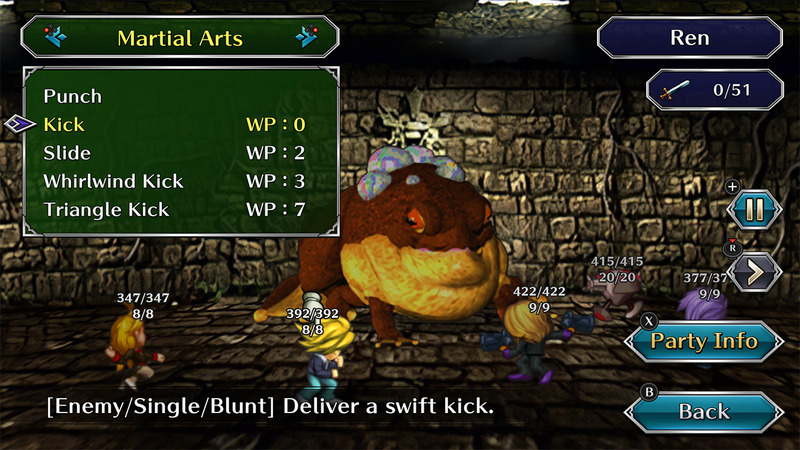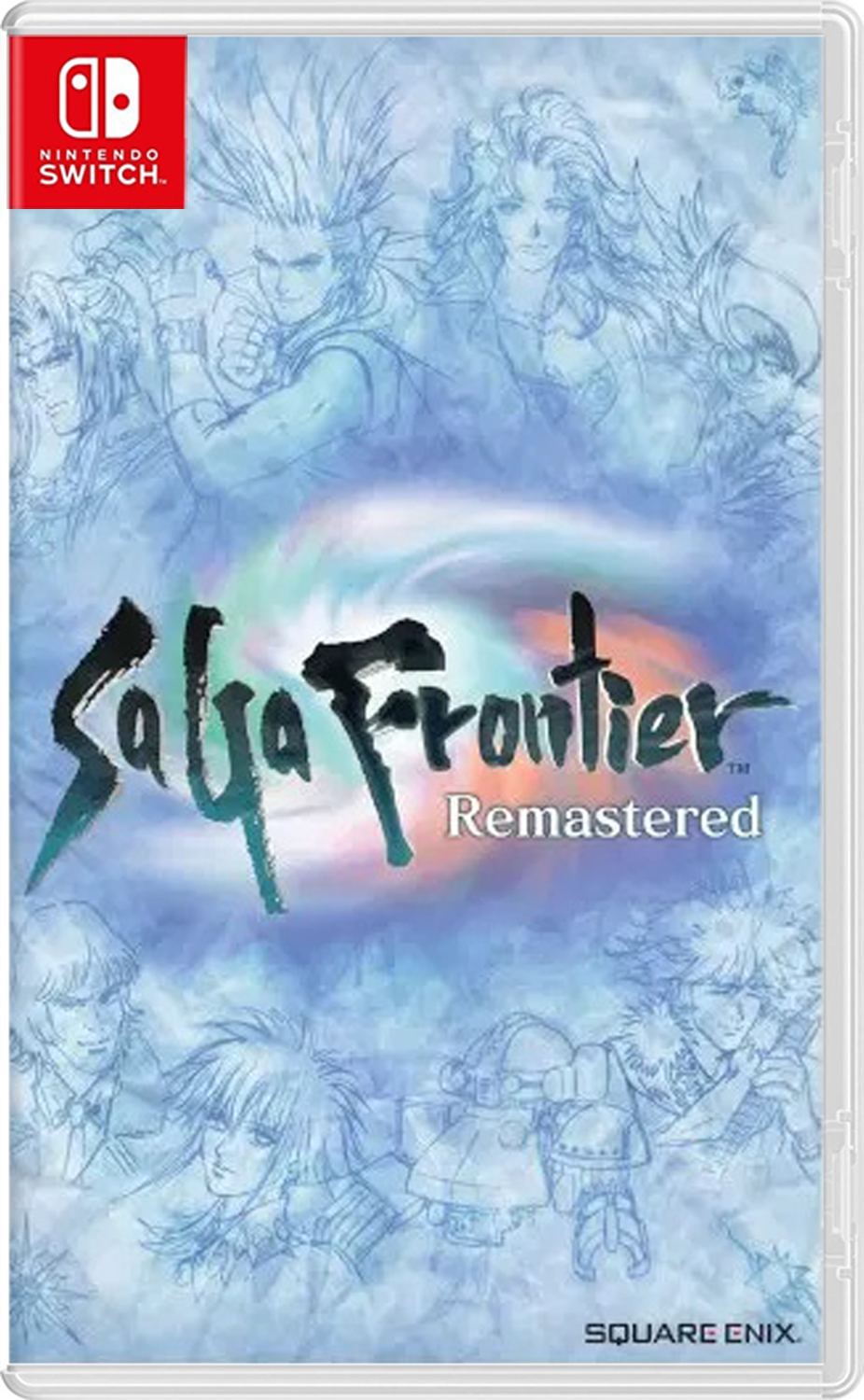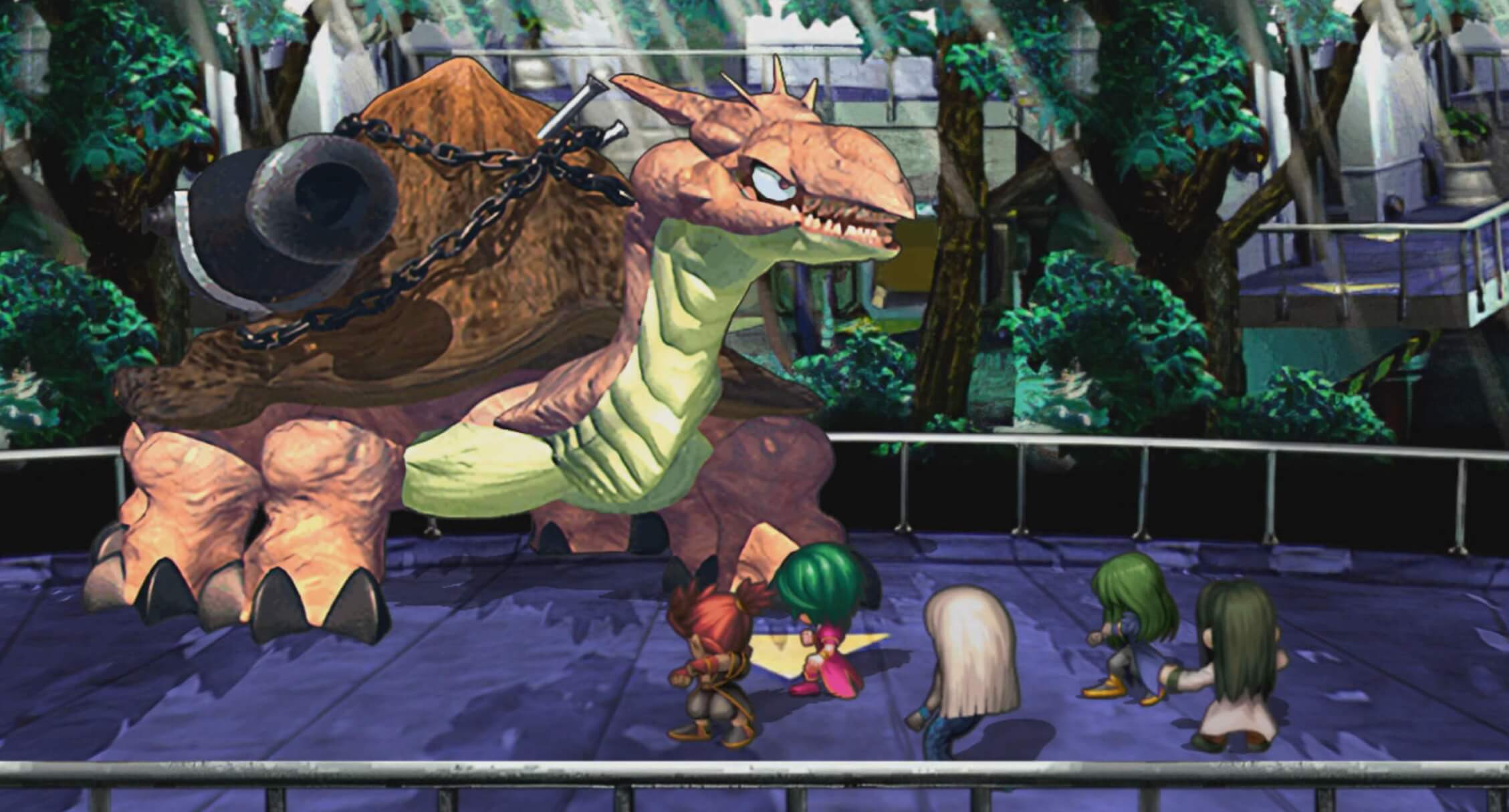

Mysterious regions in one playthrough are critical set pieces of another. There is tons to discover, and the use of 8 protagonists truly lets the player explore the world through 8 different sets of eyes. Sage Frontier is a game that can really grow with your own understanding of it. As an adult, I find many RPGs trite, uninspired, and too simple in their mechanics. However, once a player understands the flow of the game, there is a deep set of mechanics and world building that really pushed boundaries in video game story telling.
Saga frontier remastered pre order full#
Chances are, many people who try this game will be spit right out, as it is full of strange systems and unexplained mechanics. Chances are, many As a standard for a remaster of a PlayStation Era game, this is a perfect 10. There's also an unsightly user interface overlay intended for the game's mobile release, but the eyesore is removable via the options menu.As a standard for a remaster of a PlayStation Era game, this is a perfect 10. The new HD graphics make the character sprites (based on Tomomi Kobayashi's gorgeous character artwork seen in the game's brief loading screens) look crisp and clean, though the pre-rendered backgrounds remain a little fuzzy in spots. The ability to speed up combat and exploration by up to a magnitude of three helps trim the game's fat.

Portions cut from Assellus's story in the original release are restored, fleshing out her complex narrative and giving players a better sense of control over which of her three possible endings they see. While New Game+ and Fuse are the most pronounced additions to SaGa Frontier Remastered, they're hardly the only ones. It's an excellent bonus for returning players, helping bring some additional closure to the game's narratives. Others tie up loose ends from the game's original release, like finally giving Blue a proper ending or filling in plot holes like the origin of the Joker mask from Emilia's story. A few are simple, sometimes humorous retreads.

Here, Fuse's route gets restructured into seven mini-campaigns that serve as epilogues to the other characters' stories, and each is best played immediately after completing that character's storyline. He was intended for the game's original release but cut for time. SaGa Frontier Remastered also adds an eighth main character to the mix, Fuse. But the New Game+ system acts like the best romhack a player could ask for, providing options to customize as much or as little about the game as needed to make it fit for any player's playstyle and time constraints. On the other extreme, choosing to carry over the battle count into a scenario where your favorite characters aren't available at the outset can lead to a nearly impossible to overcome difficulty spike. Carrying over progress can make some of the scenarios almost comically easy, like Lute's, which can be completed in 30 minutes if saved for the end. The system cuts down on SaGa Frontier's repetitiveness, though players will want to keep multiple saves. New Game+ allows players to customize which game elements they want to carry over, including the battle count for an appropriately scaled challenge. SaGa Frontier doesn't have character levels, but enemies increase in difficulty based on the number of battles the player has fought. Recruited characters can also hang onto all of the experience and skills they unlocked while traveling with the party.

Players can choose to start each successive scenario while keeping all of the items and equipment they accrued during their previous quest. SaGa Frontier Remastered alleviates that stress by introducing a New Game+ system. The other two disciplines rely on more traditional leveling systems. The former two use something called the "Glimmer system," where new skills unlock via repeated use of skills in that family during battle. Humans can specialize in swords, martial arts, firearms, or magic. Each learns magic differently, if at all, unlocks new skills differently, and uses equipment differently. SaGa Frontier has four different types of characters: humans, mystics, mechs, and monsters. This lack of instruction would encourage them to explore until they stumbled back to the main story. A player would often find themselves without a clear direction of where to go and what to do next. The divide between Japanese and American fans seemed to be over SaGa Frontier's complex systems and opaque nature. Those heroes explore the strange and complex world, gathering party members and fighting monsters as they try to reach some personal goal that may be tied to the fate of the world. SaGa Frontier offers players the opportunity to embark on a JRPG adventure as one of seven different heroes.


 0 kommentar(er)
0 kommentar(er)
